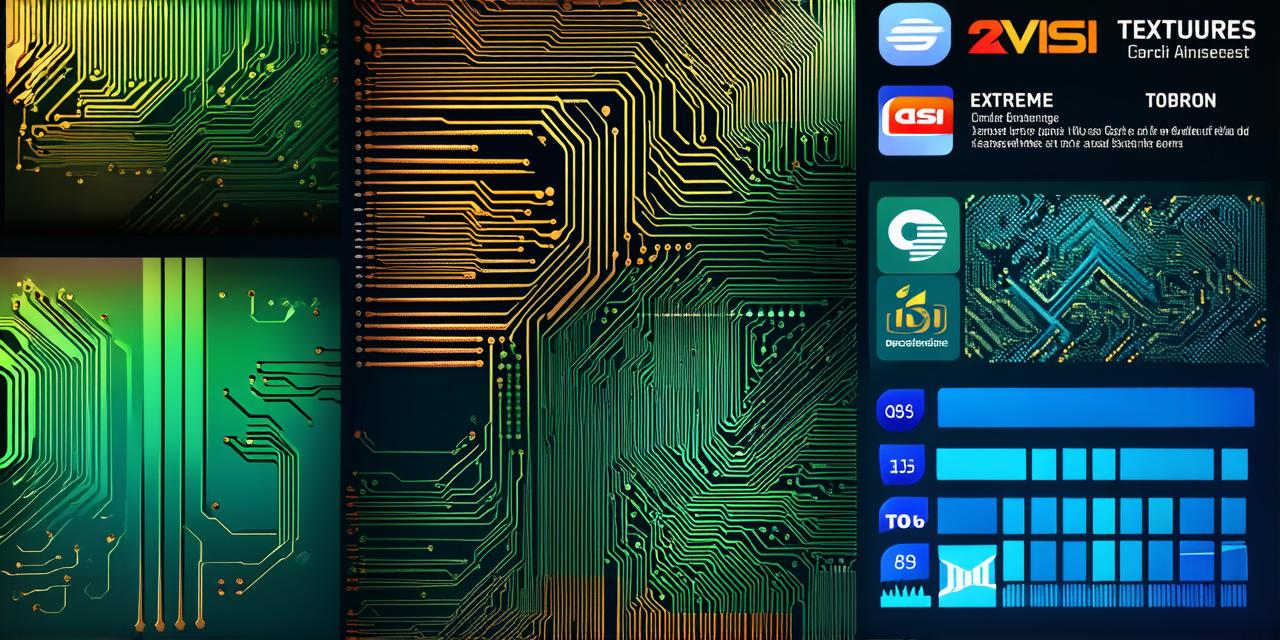VLSI (Very Large-Scale Integration) technology has revolutionized the semiconductor industry by enabling the integration of millions of transistors onto a single chip. This has led to the development of more powerful and efficient electronic devices, including smartphones, computers, and servers.
1. Intel
Intel is one of the largest and most well-known semiconductor companies in the world. Founded in 1968, the company has since become a leader in the development of microprocessors and other semiconductor components.
Intel’s flagship product, the x86 series of microprocessors, powers many of the world’s computers and servers. The company also produces a wide range of other products, including graphics processors, memory chips, and network adapters.
One of Intel’s key strengths is its ability to innovate and stay ahead of the curve in terms of technology development. The company has been at the forefront of the semiconductor industry for decades, and it continues to invest heavily in research and development to ensure that it remains a leader in the field.
However, there are also some challenges facing Intel. One of the biggest is the growing competition in the semiconductor industry, particularly from companies like AMD and ARM Holdings. These companies have been able to challenge Intel’s dominance by offering lower-cost, more energy-efficient products that are gaining popularity among consumers and data center operators.
In addition, concerns about global supply chain disruptions and trade tensions between the US and China could also impact Intel’s ability to maintain its market position.
2. AMD
AMD is a semiconductor company that was founded in 1969. The company has since become a major player in the development of microprocessors, graphics processors, and other semiconductor components.
AMD’s flagship product, the Ryzen series of microprocessors, has been well-received by consumers and data center operators alike for its high performance and competitive pricing.
One of AMD’s key strengths is its ability to innovate and challenge the status quo in the semiconductor industry. The company has been able to gain market share by offering products that are more powerful and energy-efficient than those offered by Intel.
However, there are also some challenges facing AMD. One of the biggest is the growing competition from companies like Intel and ARM Holdings, which have larger market share and greater resources to invest in research and development.
In addition, concerns about global supply chain disruptions and trade tensions between the US and China could also impact AMD’s ability to maintain its market position.
3. Qualcomm
Qualcomm is a semiconductor company that was founded in 1969. The company has since become a major player in the development of mobile processors, graphics processors, and other semiconductor components.
Qualcomm’s flagship product, the Snapdragon series of mobile processors, powers many of the world’s smartphones and tablets.
One of Qualcomm’s key strengths is its ability to innovate and stay ahead of the curve in terms of technology development. The company has been at the forefront of the semiconductor industry for decades, and it continues to invest heavily in research and development to ensure that it remains a leader in the field.
However, there are also some challenges facing Qualcomm. One of the biggest is the growing competition in the semiconductor industry, particularly from companies like ARM Holdings. These companies have been able to challenge Qualcomm’s dominance by offering lower-cost, more energy-efficient products that are gaining popularity among consumers and data center operators.
In addition, concerns about global supply chain disruptions and trade tensions between the US and China could also impact Qualcomm’s ability to maintain its market position.


